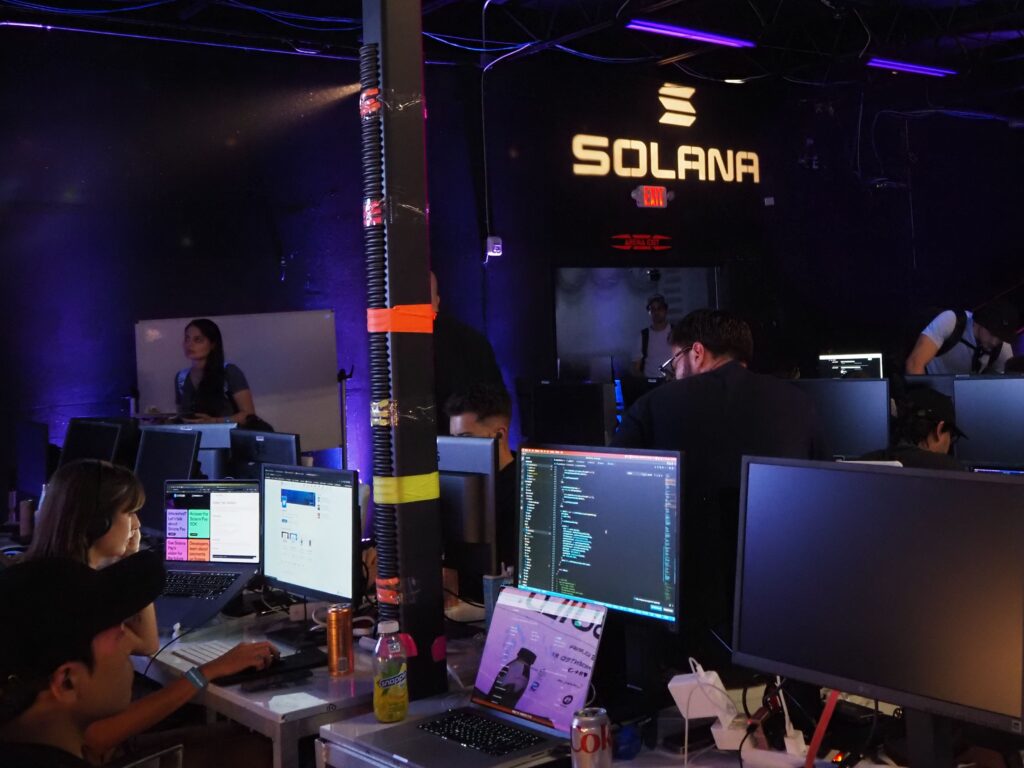Grassroots Support for Bitcoin Improvement Proposals
Recent developments indicate a growing consensus within the Bitcoin community regarding the next soft fork, with an emerging focus on two significant Bitcoin Improvement Proposals (BIPs): BIP 119 and BIP 348. BIPs serve as the official channels for discussing proposed changes to Bitcoin, and if they garner sufficient support, they can be integrated into Bitcoin through a soft fork or an update to Bitcoin Core. Each BIP typically has a nickname, and a soft fork may incorporate multiple proposals.
BIP 119, known as OP_CHECKTEMPLATEVERIFY (CTV), and BIP 348, referred to as OP_CHECKSIGFROMSTACK (CSFS), are currently at the forefront of discussions among developers.
The Process Behind Bitcoin’s Evolution
The Bitcoin development community engages in extensive debates surrounding these BIPs. Notably, the Taproot Wizards—a development firm recognized for their work in Bitcoin NFTs—recently created a helpful visual guide to clarify the complex and often circular discussions that characterize this process.
To summarize, the soft fork process requires gauging support from various stakeholders in the Bitcoin ecosystem, including developers, custodians, investors, and miners. Miners serve as a key indicator of support, as they can signal their approval of code changes through their mined blocks. Bitcoin Core generally requires 95% of blocks over a certain period to signal for a change before finalizing an update for activation.
Despite the reliance on miners for signaling support, defining what constitutes “widespread support” remains ambiguous. Bitcoin’s decentralized nature complicates the ability to capture consensus outside of the easily quantifiable miner metrics.
Recent Developments and Growing Support
Throughout February and March, a noticeable shift has occurred, with numerous developers publicly expressing their support for BIPs 119 and 348. This alignment among developers on platforms like Twitter signifies a potential unification in favor of these proposed changes to Bitcoin.
Understanding the Proposals: CTV and CSFS
Both CTV and CSFS introduce innovative ways to program Bitcoin scripts, which are essential for creating and executing transactions. Proposed by Jeremy Rubin, a former Bitcoin core contributor, CTV has been in discussion for over five years, while CSFS was formalized more recently in November 2024 by Rubin and Brandon Black.
These proposals aim to facilitate “covenants” in Bitcoin transactions. A covenant allows for specific restrictions on how a wallet can spend its Bitcoin in future transactions. This functionality is anticipated to enhance Bitcoin’s self-custody, improve fee management, and bolster existing technologies such as Lightning Network and contract-based applications.
Developers view both proposals as “narrowly defined,” suggesting that if implemented, they are unlikely to be exploited for unintended uses. The Bitcoin developer community is known for its cautious approach to changes, evidenced by the initial resistance to CTV, which was once deemed too radical for activation.
A Shift in Perspectives
Jeremy Rubin’s previous advocacy for CTV faced substantial backlash, particularly from prominent figures in the Bitcoin community, such as Adam Back and Jimmy Song. This resistance led to a significant reconsideration of Rubin’s position within the community.
However, the recent support for the OP_CAT opcode (BIP 347) seems to have shifted the landscape of acceptable Bitcoin proposals, positioning CTV and CSFS as more conservative options. Notably, many proponents of OP_CAT are also supportive of BIPs 119 and 348, suggesting a broader acceptance of various proposals.
Looking Ahead: Future Conversations and Challenges
What lies ahead for these proposals? Expect to see increased dialogue among developers at upcoming technical conferences, including OPNEXT in April, BTC++ in July, and TABConf in October. As developers work toward forming a rough consensus, the responsibility for activating the soft fork will shift to miners, the community, and investors.
Nonetheless, there is no formalized procedure for executing a Bitcoin soft fork, leaving many questions unanswered. For instance, will the soft fork solely consist of CTV and CSFS? Will OP_CAT be included in this discussion? How will the activation of the soft fork be managed? Will Bitcoin miners take action in response?
One thing is certain: as the conversation develops, the world of Bitcoin will continue to thrive on a plethora of abbreviations and technical jargon.



